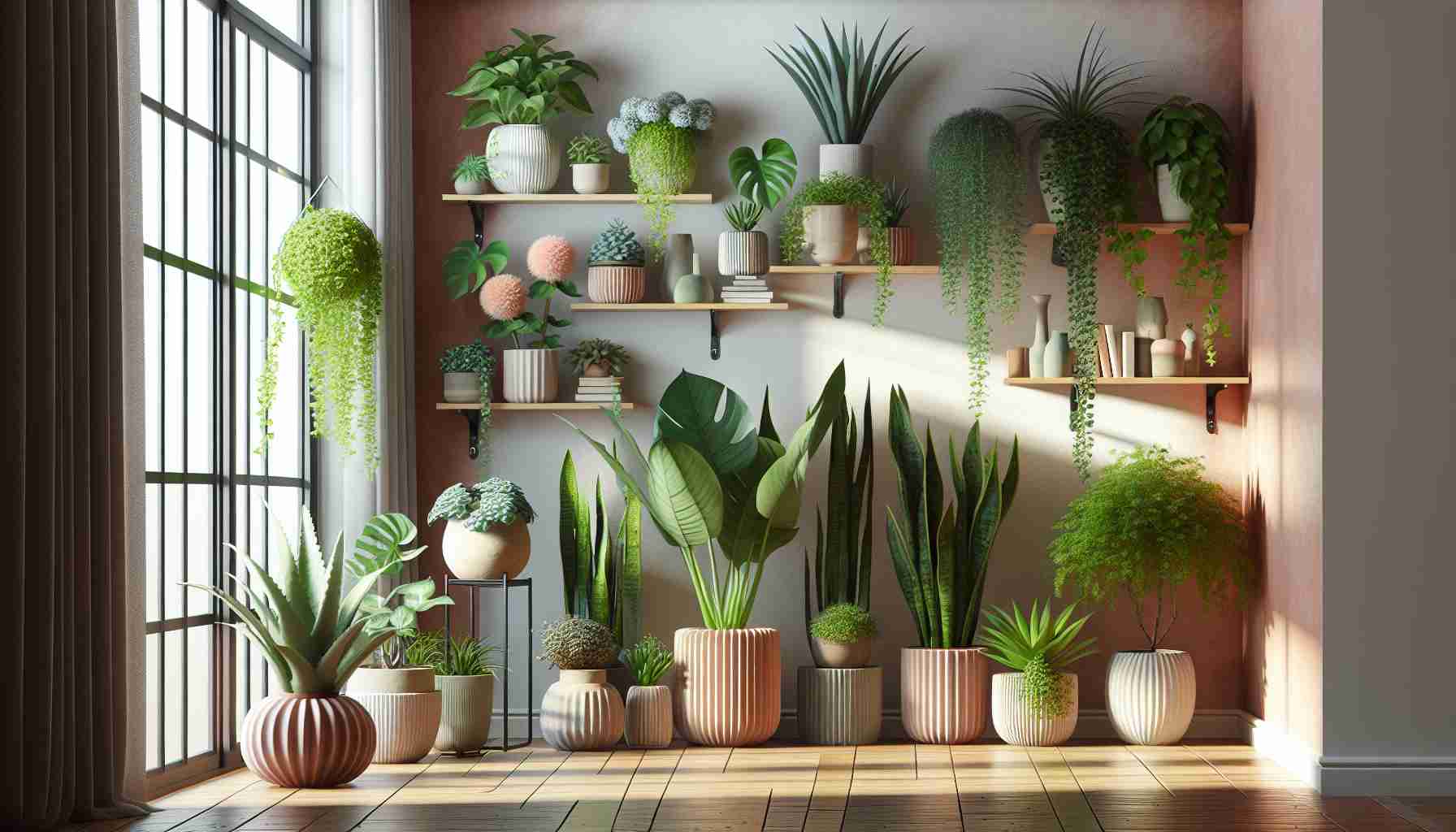Choosing the right spot for your houseplants is crucial for their overall well-being and growth. Here’s a guide on where to place different types of plants to ensure they thrive:
Snake Plant: The resilient snake plant can adapt to various lighting conditions, even thriving in bright, indirect light. This plant, characterized by stiff, vertical leaves, prefers drier soil and does not require frequent watering. To maintain a healthy snake plant, place it a few feet away from a bright window and water it once a week.
Pothos Plant: Known for its trailing vines, the pothos plant is a classic choice for indoor gardening. While it can tolerate lower light levels, it may not grow as vigorously. Avoid direct sunlight and keep the soil consistently moist. Check the leaves for a springy texture to gauge the plant’s happiness.
Coffee Plant: Although not a low-light plant, the coffee plant thrives in bright, indirect light rather than direct sun exposure. Ensure the soil remains moist but not waterlogged to keep the plant healthy. Watch for drooping leaves as a sign that the plant needs watering, as they are quick to recover once hydrated.
By understanding the lighting and watering requirements of different houseplants, you can create an optimal environment that supports their growth and longevity. Experiment with placement until you find the perfect spot that suits each plant’s needs.
Additional Relevant Facts:
– Many houseplants benefit from occasional rotation to ensure even growth and exposure to light.
– Certain plants, like succulents and cacti, thrive in well-draining soil and prefer infrequent watering.
– Plants such as ferns and peace lilies enjoy higher humidity levels and may benefit from a humidifier in drier environments.
Important Questions:
1. How can I determine the specific lighting requirements of different houseplants?
2. What are the signs that a houseplant is receiving too much or too little light?
3. How do temperature and airflow affect the placement of houseplants?
4. Are there specific considerations for grouping different types of houseplants together?
Key Challenges:
– Balancing the lighting needs of multiple houseplants in a single room.
– Recognizing and addressing signs of overwatering or underwatering in different plant species.
– Managing pests and diseases that may arise from suboptimal placement or care practices.
Advantages:
– Proper placement can enhance the aesthetic appeal of indoor spaces.
– Optimized conditions lead to healthier, more vibrant plants with improved resilience.
– Understanding plant placement can deepen one’s appreciation for gardening and plant care.
Disadvantages:
– Limited space or specific room conditions may restrict the available placement options.
– Finding the right balance of light, water, and temperature for each plant can be time-consuming and require trial and error.
– Inconsistencies in care routines or placement may lead to plant stress or decline.



